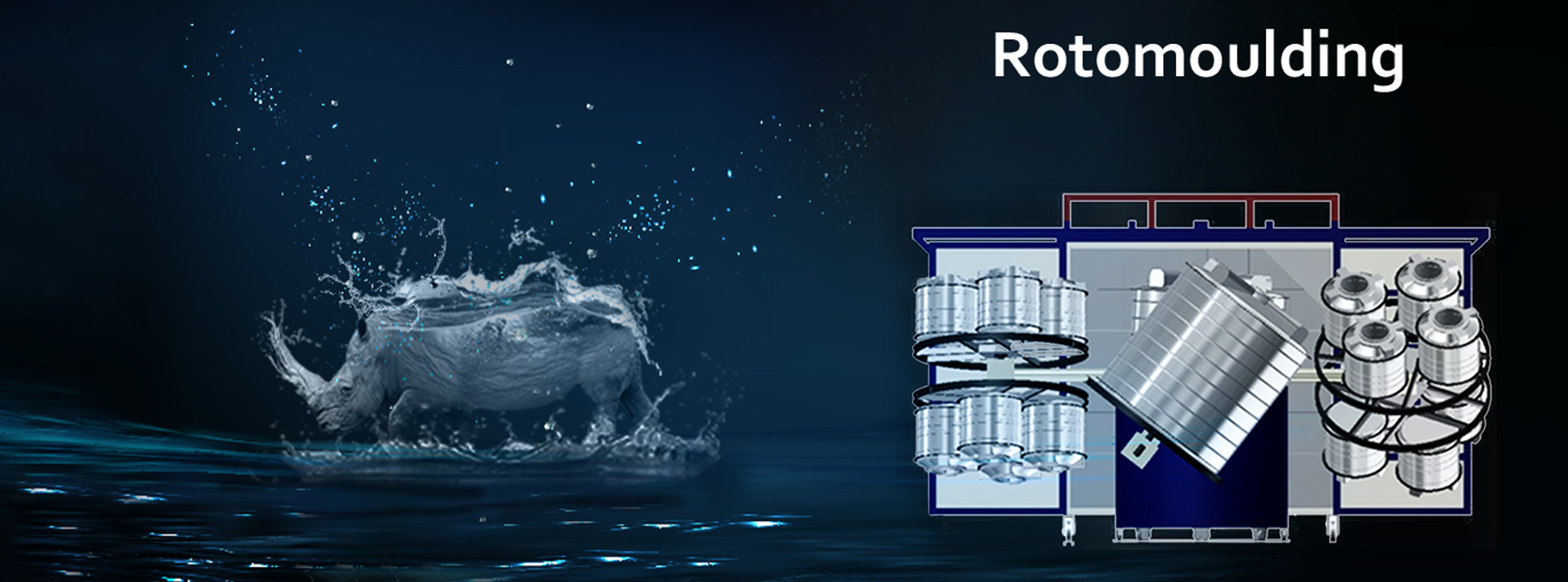
Rotomoulding process is usually used and is useful for manufacturing large-small hollow articles. Most of these products are made for LLDPE/HDPE.
The process of rotomoulding starts with polythene in powdered form. It is poured into a sheet metal mould arm powered by a motor that spins it inside an oven with a temperature over 250-300C.After the polythene powdered is entirely consumed and fully melted, the mould is allowed to cool down for a specific time to solidify and gain shape. The polymer becomes solid and shrinks, thereby de-attaching itself from the walls of the mould and becomes one hollow piece of plastic. The mould is later opened, and the product is pulled out and polished and is ready to sell to the consumers.
Why Rotomoulding you may ask?
Rotomoulding is beneficial in a lot of ways. We jotted down some points for you to help you understand better.